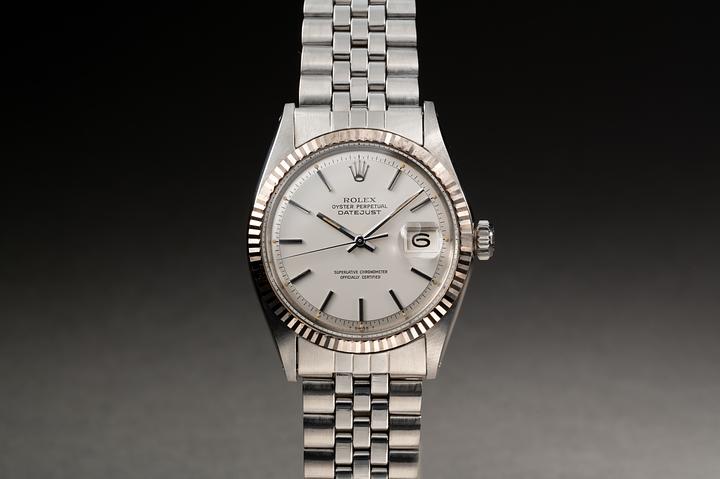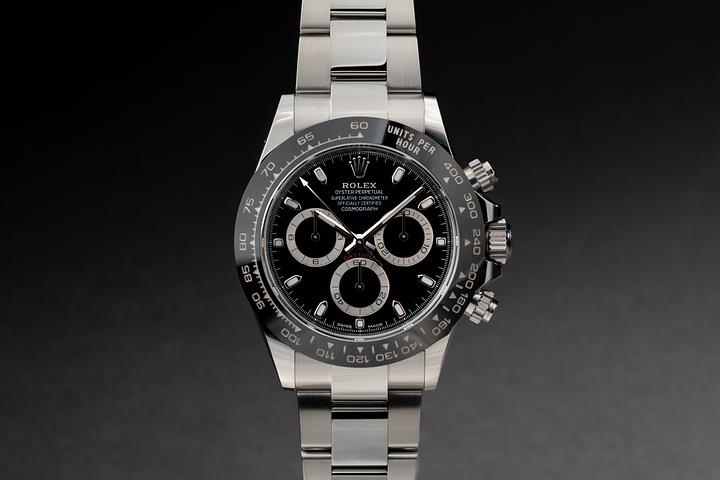The Rolex Crown Logo and Its Legacy in Swiss Watchmaking

The Rolex Crown: A Timeless Symbol in the Swiss Watchmaking Legacy
If you've even lightly brushed against the world of luxury watches, then you’ve almost certainly glanced at the Rolex crown. It’s one of those logos—iconic, almost regal in its symmetry and simplicity. But it’s more than just a crown—it’s the encapsulation of over a century of innovation, prestige, and relentless Swiss precision. And here, we're diving into why this emblem isn’t just marketing fluff. The Rolex logo stands for craftsmanship, horological evolution, and above all, trust. Let’s unpack this, and I’ll try to keep the coffee sips to a minimum while we go.
The Birth of the Crown: How the Rolex Logo Came to Be
Okay, so first, time-travel back to the early 1900s. The year is 1905. German-born Hans Wilsdorf and his brother-in-law Alfred Davis founded the company in London, originally named Wilsdorf & Davis. Just a few years later in 1908, the name “Rolex” would debut—a short, sharp name that, according to Wilsdorf himself, was easy to pronounce in any language and sounded like a watch being wound. There’s a wonderful bit of marketing intuition there. It stuck, and by 1915, Rolex was becoming synonymous with wristwatches, which were still a pretty novel thing. Pocket watches were the norm; wristwatches were… well, not yet the icons they'd become.
The crown logo, on the other hand, didn’t fully emerge until 1925. Five fingers, stylized into a coronet, representing either the excellence of Rolex's employees or perhaps the five points of perfection—precision, innovation, elegance, durability, and performance. That interpretation’s been debated, casually of course, mostly over Negronis at Baselworld. Whichever version you believe, the symbolism is clear: Rolex wasn’t just making watches—they were creating royalty for the wrist.
Swiss Made: Grounding the Logo in Craftsmanship
We can’t dive into the logo without grounding ourselves in context: Rolex is one of the champions of the “Swiss Made” label. That term isn’t arbitrary. To wear that stamp, a watch must meet strict criteria, including that at least 60% of manufacturing costs occur in Switzerland and that final inspection happens within Swiss borders. Rolex goes miles beyond. Every component—from gear trains to ceramic bezels—is designed, tested, and assembled in Switzerland, primarily in Geneva and Bienne.
The connection to Swiss industry is deeply tied to the Rolex logo. When you see that crown, you’re reminded of watchmaking as both a science and an art. It's quiet, disciplined, impossibly intricate. Think about the difference between a song that’s performed well and one that’s perfectly orchestrated—you get that from every minute hand in a Submariner or a Datejust. That’s Swiss horology. And Rolex, with its logo beaming up from the dial, owes its identity to these methods.
An Emblem of Firsts: How the Crown Stands for Innovation
Just a quick glance back over Rolex’s history, and the innovations stack up fast. In 1926, Rolex introduced the Oyster—the first water-resistant wristwatch—and in 1931, the Perpetual rotor followed, paving the way for self-winding mechanisms. With each landmark, the brand reinforced its authority, and the crown wasn't just a pretty graphic; it became a signifier of game-changing breakthroughs. The Submariner in 1953? Dive watch benchmark. The GMT-Master in 1954? Pilots adored it—some still swear by it.
So, when you glance at the crown etched into the winding crown (catch that double meaning?), know this: Rolex pours R&D, field testing, and stone-cold engineering into every single model. The crown says, confidently, we’ve been there first. We’ve done the work. Now here’s the result.
The Marketing Genius Behind the Rolex Crown
If you thought the watchmakers in Geneva were methodical, the Rolex marketing team might be even more so. Their approach has always been about subtle dominance. No annual clearance sales, no shouty commercials, no gimmicks. Instead, they focus on storytelling—real explorers, athletes, scientists, and deep-sea divers pushing boundaries with a Rolex on their wrist.
The crown acts as a visual anchor. In every print ad, digital banner, or airport billboard, it draws the eye in. And always in gold—symbolic, aspirational, unmistakable. Rolex wraps its identity around that motif. The phrase “A Crown for Every Achievement” wasn’t chosen casually. Whether you’re summiting Everest or closing a big-deal IPO, there’s a sense that Rolex is there, ticking quietly, recognizing your win. The logo binds those moments together.
Rolex and Endorsement: Strategic Partnership Wears the Crown
Alright, let’s pivot—strategic endorsement. Rolex doesn’t just back anyone wielding a trophy; they partner with excellence. From tennis legends like Roger Federer to iconic golfers like Tiger Woods, the brand selects ambassadors who embody mastery. These partnerships stretch beyond sports. Think Wimbledon, the Oscars, the 24 Hours of Le Mans. Each moment is punctuated with the presence of the crown.
And it’s not always loud. That’s the elegant genius. A small crown on the edge of the broadcast, gracing a podium or subtly etched on a sponsor wall. Rolex’s logo signals, confirms, then steps back. It doesn’t need to shout when its legacy speaks louder. That’s the marketing strategy—respect over extravagance, class over noise.
The Future of the Rolex Crown in a Digital Age
So where does that crown go next? In a world leaning hard into smartwatches, digital wearables, and AI-powered everything, Rolex holds its line. No apps. No alerts. Just time, artfully measured. While other brands chase the next tech leap, Rolex remains a reference point for human craftsmanship. The Rolex logo continues to represent something strangely rebellious in 2024—a commitment to the analog in a digital-besotted world.
There’s also sustainability. Rolex recently pledged significant efforts toward environmental responsibility, investing in ethical material sourcing and energy-efficient manufacturing facilities. As this continues, we may see the crown logo evolve—not visually, but in symbolism. From a mark of mechanical mastery to one of conscientious craft.
Here’s the thing: logos fade, styles shift, but when the Rolex crown catches the light at the right angle, you don’t just see a brand. You see a story of endurance, of detail, of calculated excellence. And for those who wear it, that story continues—minute by minute, generation after generation.




